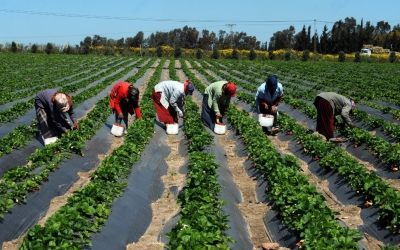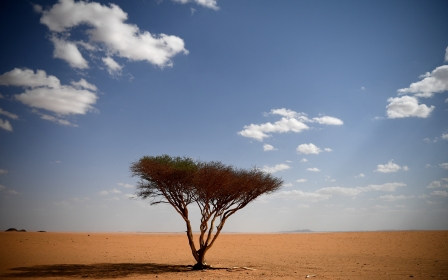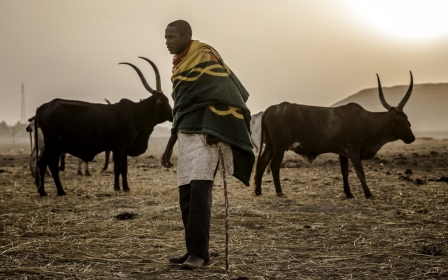Saudi Arabia sought to whitewash language of landmark climate report

Saudi Arabia sought to replace references to "carbon emissions" with "greenhouse gas emissions” in a new landmark climate-change report, according to the Financial Times.
Citing sources involved in discussions around the UN's Intergovernmental Panel on Climate Change (IPCC) report, the FT reported on Monday that the oil-dependent kingdom objected to some of the wording in the report's summary while in virtual negotiations with the scientists.
But "the science prevailed", said one source.
The kingdom's apparent attempt to whitewash some of the language of the report follows Saudi Crown Prince Mohammed bin Salman's launch of the Saudi Green initiative this year, aimed at reducing carbon emissions in the region by 60 percent and the planting of 10 billion trees.
According to the UN Convention to Combat Desertification, between 70-90 percent of the Arabian Peninsula is under threat of desertification.
Saudi Arabia is among the countries in the MENA region projected to be hit by a significant increase in mean air temperature and extreme heat before the end of the century.
The IPCC did not examine the expected impact of climate change on specific countries but split the planet into several different regions.
According to the IPCC, the MENA region was split into five areas: the Mediterranean (which includes Turkey, Lebanon, Israel etc); North Africa; Sahara; Arabian Peninsula; and West Central Asia (which includes Iraq and Iran.)
According to the conclusions of the IPCC report – signed by 234 scientists from around the world – the region, along with the rest of the planet, is expected to reach average temperatures that are 1.5 degrees warmer than a pre-industrial baseline by 2040.
Long list of consequences
The report lists a multitude of consequences as a result of extreme heat, ranging from its impact on human health - a shift in the inoculation rate for disease, the exacerbation of respiratory difficulties, and an inability to relieve the human body from heat stress during the night time - to its effect on crop yields and livestock mortality, and even buildings, nuclear electricity plants and transport.
In North Africa, the report stated that scientists had "high confidence" that heatwaves and deadly heat stress would drastically increase by the end of the century. Cold spells and frost days by consequence would be less likely.
"It is very likely that temperatures will increase in all future emission scenarios and all regions of Africa. By the end of the century, all African regions will very likely experience a warming larger than 3°C", read the report.
Meanwhile, the Sahara and parts of the Sahel are projected to have increases in heavy precipitation and pluvial flooding.
In Sudan this week, heavy flooding caused by torrential rains damaged thousands of homes across the country. The UN reported that 12,000 people had been affected.
In North Africa and the Mediterranean - including countries such as Turkey which also saw mass floods this year - scientists predict increased agricultural and ecological droughts as well as a spike in aridity and fire weather.
The report defines fire weather as an increased likelihood of wildfire and shifts in fire season, triggered by the frequency of lightning storms as well as long-term warming and drying trends. Alongside the physical destruction it can cause, fires also produce smoke plumes which reduce air and water quality as well as human health.
Changes in winds caused by fires also impact seed dispersal, animal activities and agriculture.
Meanwhile, Iran and Iraq could see the degradation of mountain permafrost and the instability of mountain slopes. The region will see an increase in the intensity and frequency of heavy precipitation.
Middle East Eye delivers independent and unrivalled coverage and analysis of the Middle East, North Africa and beyond. To learn more about republishing this content and the associated fees, please fill out this form. More about MEE can be found here.






